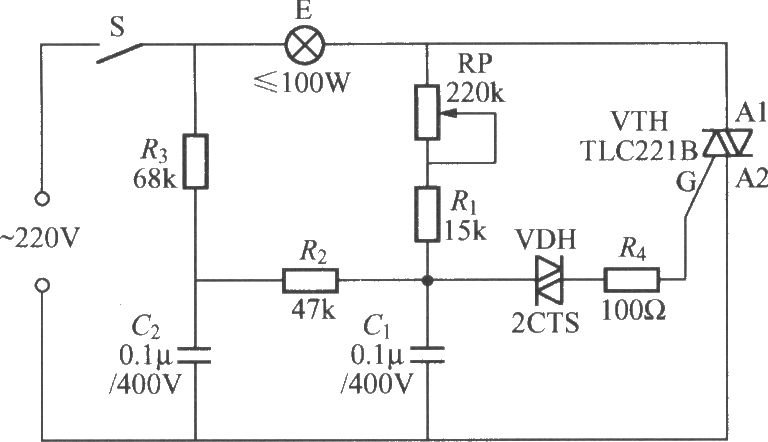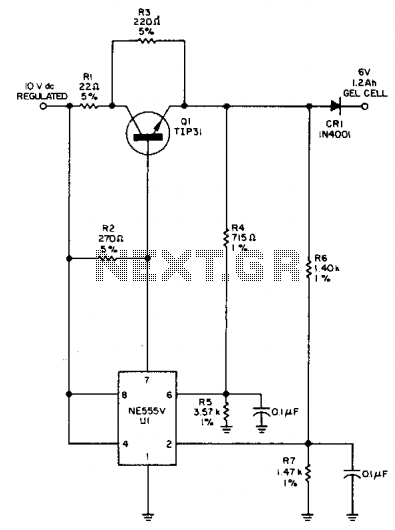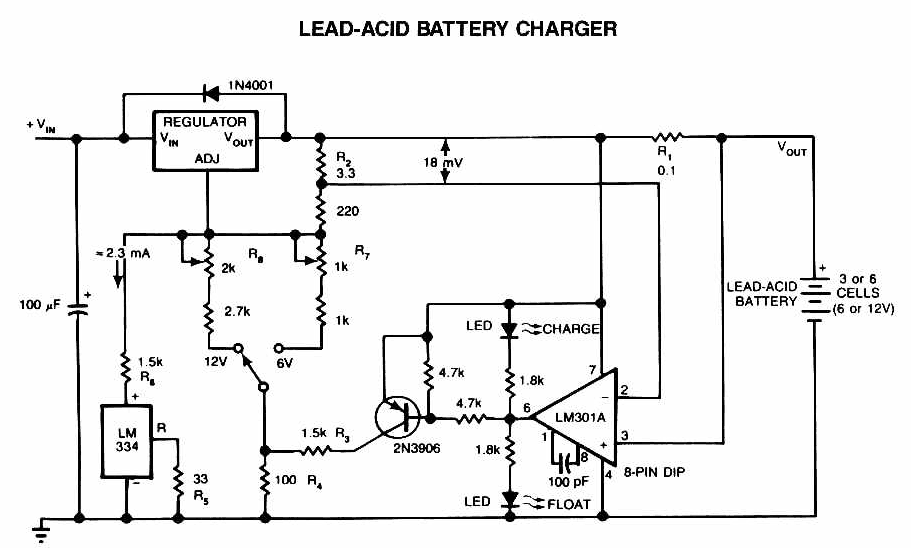
measurement conductance cell constant

A small transmitter board interfaces with a microcontroller and conductivity probe to measure liquid conductance and conductivity. Precise equations and measurements are provided for this microcontroller-controlled conductivity meter.
The described circuit consists of a compact transmitter board that serves as an interface between a microcontroller and a conductivity probe. The primary function of this setup is to measure the conductance and conductivity of liquids, which is crucial in various applications such as water quality monitoring, chemical processing, and environmental testing.
The microcontroller is programmed with specific algorithms to process the signals received from the conductivity probe. This probe typically consists of two electrodes that are immersed in the liquid. The probe measures the electrical conductivity, which is influenced by the concentration of ions in the solution. The microcontroller converts the analog signals from the probe into digital data for further analysis.
To enhance the accuracy of measurements, precise equations based on the characteristics of the specific probe and the liquid being tested are implemented in the microcontroller's firmware. These equations account for factors such as temperature variations and the specific ion composition of the liquid, allowing for reliable conductance and conductivity readings.
The transmitter board may include additional components such as operational amplifiers to condition the signal from the probe, analog-to-digital converters (ADCs) for digitizing the signal, and communication interfaces (e.g., UART, I2C) to transmit the data to external devices or displays. Power management components may also be incorporated to ensure stable operation of the microcontroller and the probe.
In summary, this system provides an effective solution for measuring liquid conductivity, utilizing a small transmitter board, a microcontroller, and a specialized conductivity probe, all working together to deliver precise and reliable results.A small transmitter board interfaces to a microcontroller and conductivity probe to measure liquid conductance and conductivity. Precise equations and measurements are provided for this microcontroller controlled conductivity meter..
🔗 External reference
The described circuit consists of a compact transmitter board that serves as an interface between a microcontroller and a conductivity probe. The primary function of this setup is to measure the conductance and conductivity of liquids, which is crucial in various applications such as water quality monitoring, chemical processing, and environmental testing.
The microcontroller is programmed with specific algorithms to process the signals received from the conductivity probe. This probe typically consists of two electrodes that are immersed in the liquid. The probe measures the electrical conductivity, which is influenced by the concentration of ions in the solution. The microcontroller converts the analog signals from the probe into digital data for further analysis.
To enhance the accuracy of measurements, precise equations based on the characteristics of the specific probe and the liquid being tested are implemented in the microcontroller's firmware. These equations account for factors such as temperature variations and the specific ion composition of the liquid, allowing for reliable conductance and conductivity readings.
The transmitter board may include additional components such as operational amplifiers to condition the signal from the probe, analog-to-digital converters (ADCs) for digitizing the signal, and communication interfaces (e.g., UART, I2C) to transmit the data to external devices or displays. Power management components may also be incorporated to ensure stable operation of the microcontroller and the probe.
In summary, this system provides an effective solution for measuring liquid conductivity, utilizing a small transmitter board, a microcontroller, and a specialized conductivity probe, all working together to deliver precise and reliable results.A small transmitter board interfaces to a microcontroller and conductivity probe to measure liquid conductance and conductivity. Precise equations and measurements are provided for this microcontroller controlled conductivity meter..
🔗 External reference




.png)
